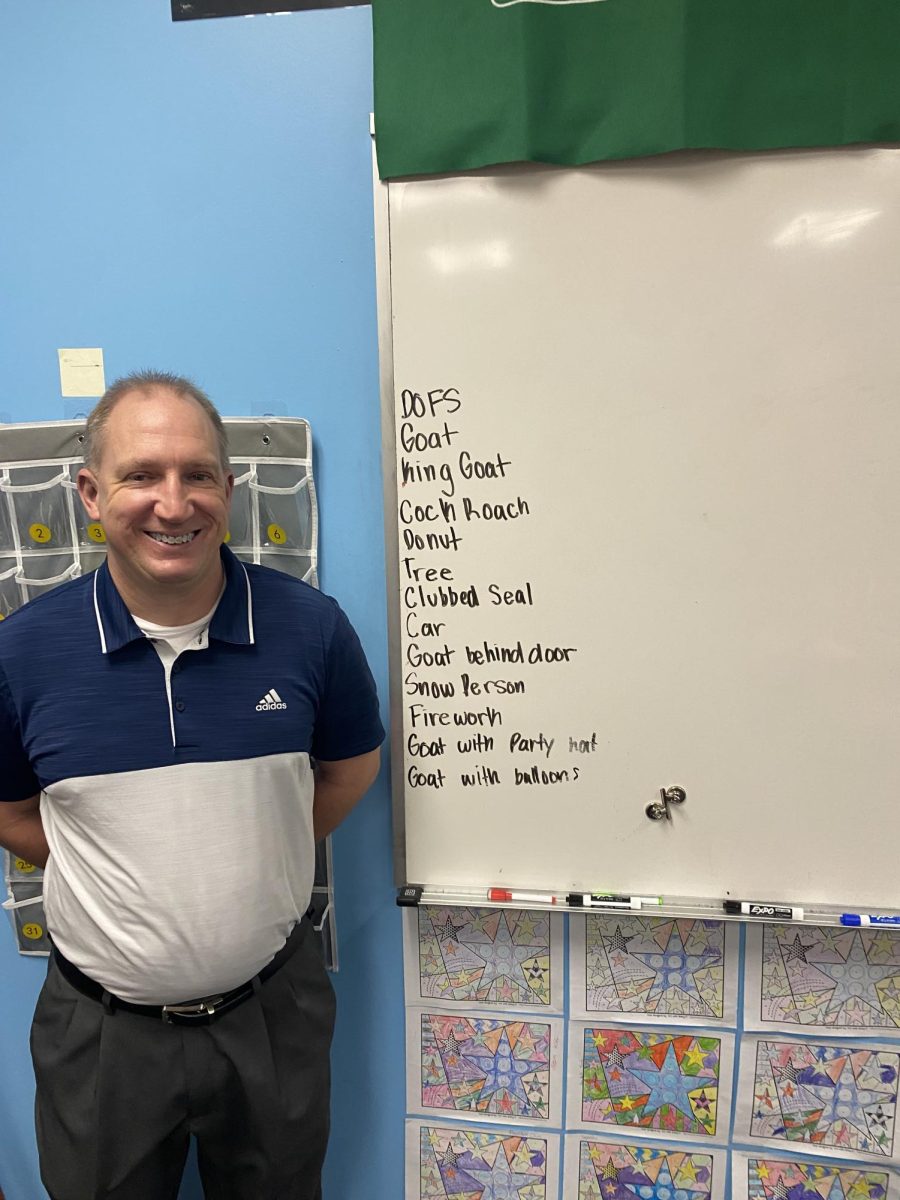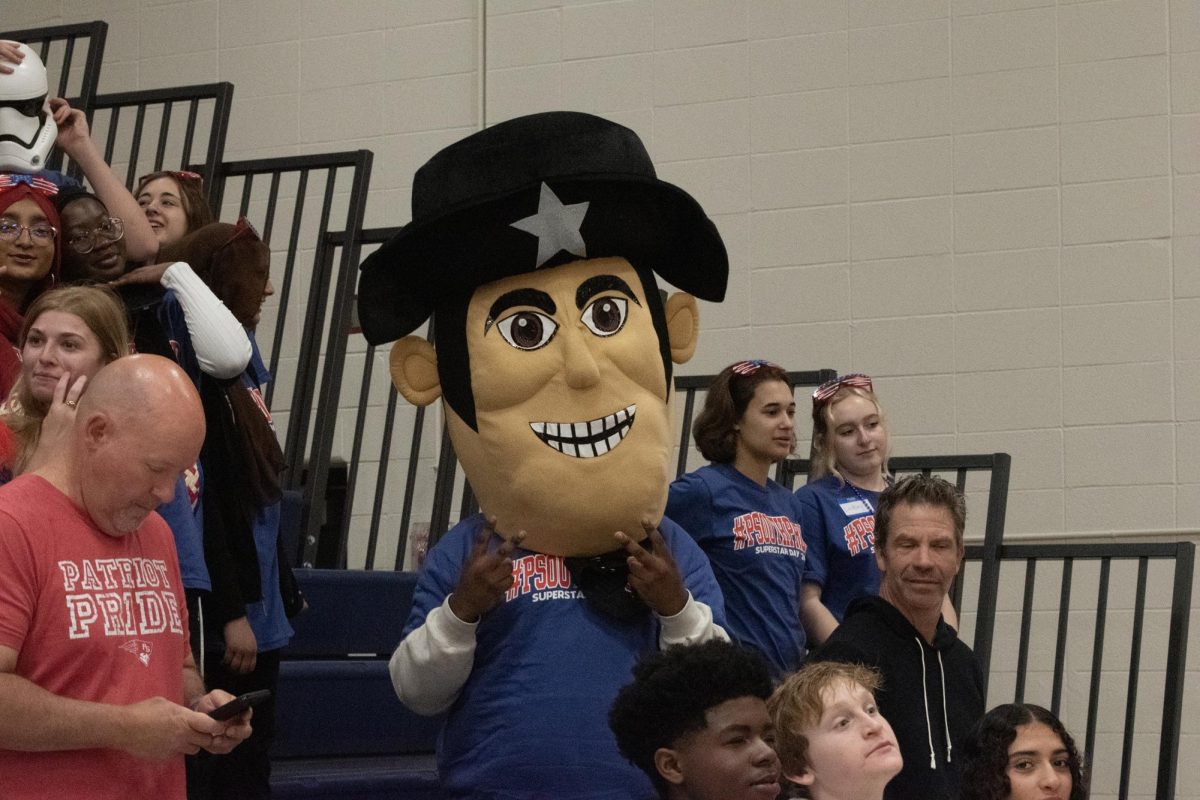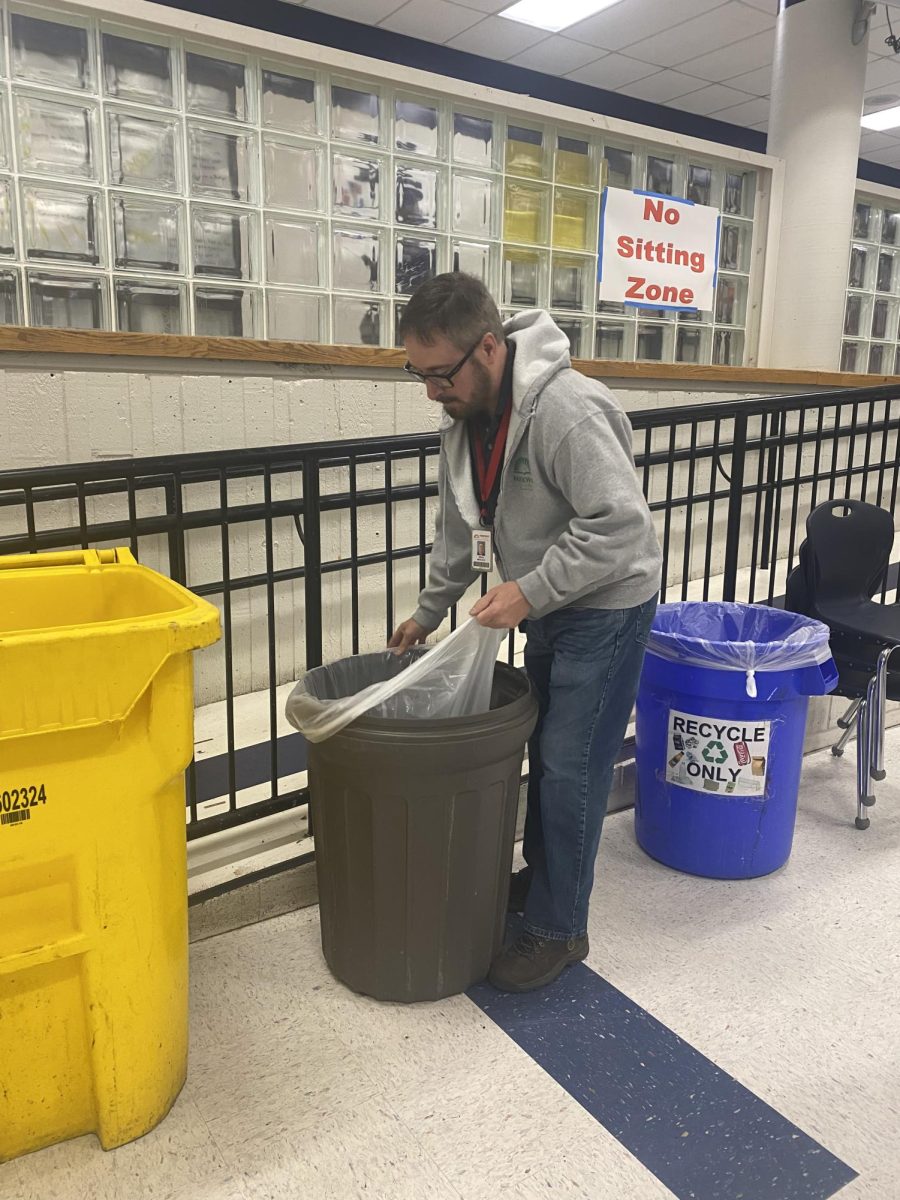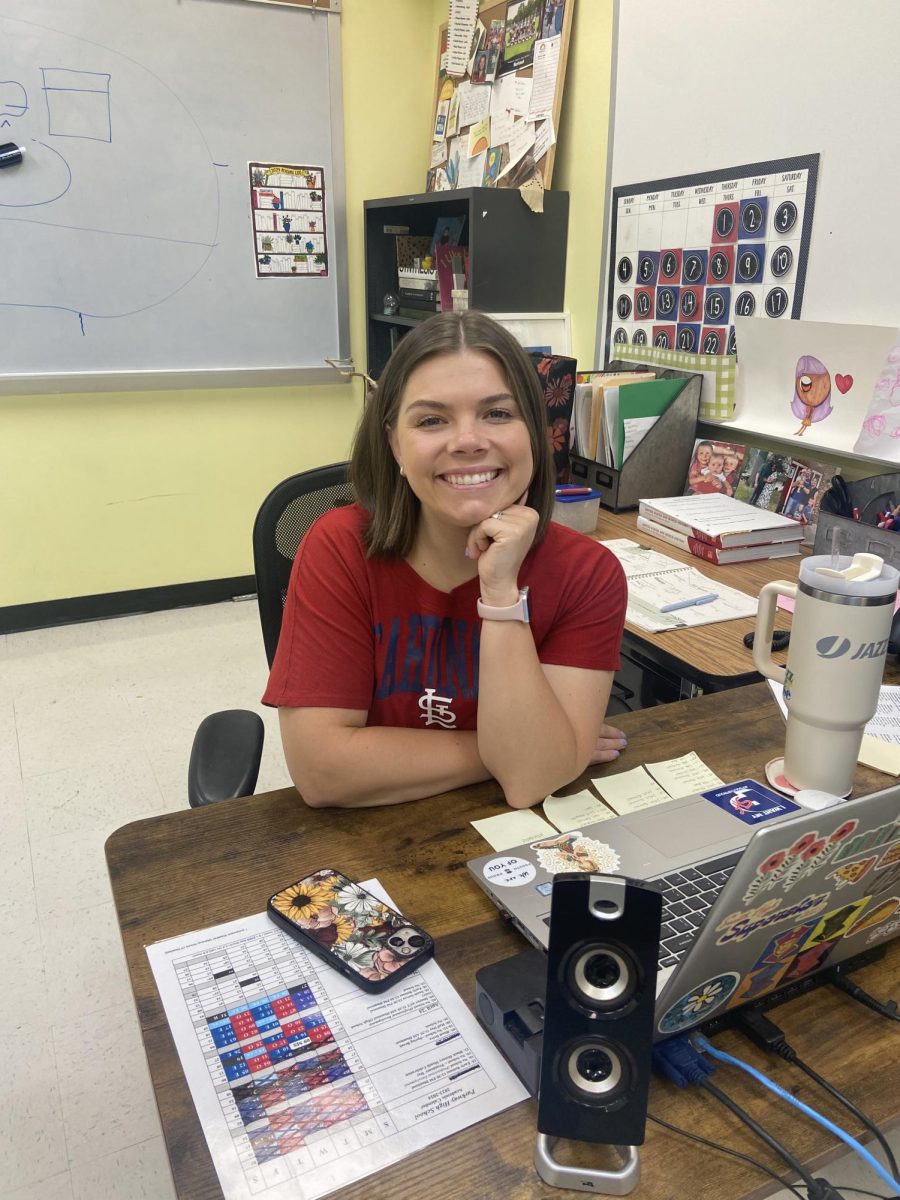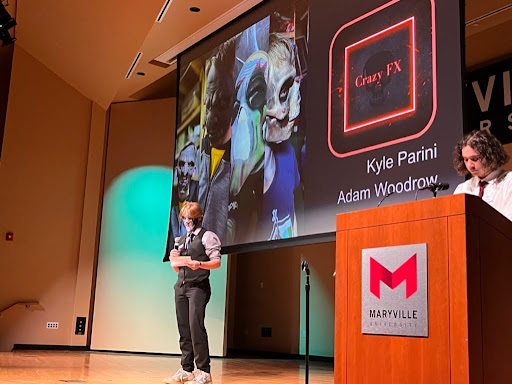From 7:30 a.m. to 2:30 p.m., South students are hard at work. The school day can feel very long for teachers and students. The attention span for Generation Z is about only 2.7 minutes. This can make it very hard for teachers, especially at the end of the day.
Because of this, many South teachers have incorporated “brain breaks” in their classes.
Math teacher Jason Koehrer said he thinks the end of the day is when students tend to be the most unfocused.
“The end of the day, blocks seven and eight, are when I think kids tend to be the most unfocused and that’s easy I think any teacher would say that. Kids are usually tired by that part of the day,” Koehrer said.
Some may think that breaks might make it hard for students to get back on track, however, Koehrer thinks that breaks are a necessity for students.
“Some classes are more difficult to get back on task than others, but I feel like taking a break even with the challenge of getting the students back on task is more beneficial than not taking a break,” he said.
Even if it is not a structured break, Koehrer said he still tries to get his class moving throughout the block.
“I have a lot of strategic ways. I’ll make students get the whiteboards if they haven’t gotten up during the course of a 90-minute class or I may put a worksheet over in the corner to make everybody go get it,” he said.
He does admit that breaks aren’t always needed, especially on Purple Days.
“45 minutes does make it pretty limited. I feel it’s not as necessary either with classes only being 45 minutes long,” Koehrer said.
Koehrer has been using the riddle as a break for a long time.
“I started doing the riddles my first year teaching,” he said.
In class, he’ll have a few riddles for students to try and solve. Whoever solves the riddles first will get a prize.
He has had to change his prizes over the years to a drawing and his autograph on a Post-it note.
“7-8 years ago I used to be able to hand out candy, but now I do the drawings,” Koehrer said.
Koehrer has a lot of different options for what he will draw that will change throughout the year. Koehrer does have a favorite out of all of the ones he draws.
“My favorite is the goat because that was the original,” he said.
Anyone who has had Koehrer as a teacher knows about his famous riddles. Junior Jake Thompson who has Koehrer, said he loves the riddles. His favorite prize is Koehrer’s goat drawing on review days.
“I like the graduating goat which is only available on review days. I think the goat drawing gives me good luck on the tests,” Thompson said.
Another math teacher who provides an engaging learning space is math teacher Anne Erehart. Besides giving brain breaks to students she likes to have her students work in small groups while completing their work.
“I like having my kids work in pods and work on whiteboards. They often switch seats, compare answers, write on the board, and present results of how they solve the problems,” she said.
Freshman Anna Horstmann, who has Erehart, said she thinks it makes the class better.
“Being able to do fun things makes math more enjoyable,” Horstmann said.
Another way Erehart keeps her class engaged is through breaks during class.
“I like to do frequent brain breaks or games in the hall or even going on walks,” Erehart said.
Horstmann said she enjoys the brain breaks in Erehart’s math class.
“I like doing puzzles and when we get to do different activities in the hallway,” Horstmann said.
Throughout the class, Erehart said she finds ways to give her students a quick break throughout the block.
“I like to tell jokes and get the students up and moving throughout class,” Erehart said.
Horstmann said she finds breaks to be very beneficial and thinks more teachers should do them.
“I think all teachers should give a break or find some sort of way to get their class to move at some point in class,” Horstmann said.

